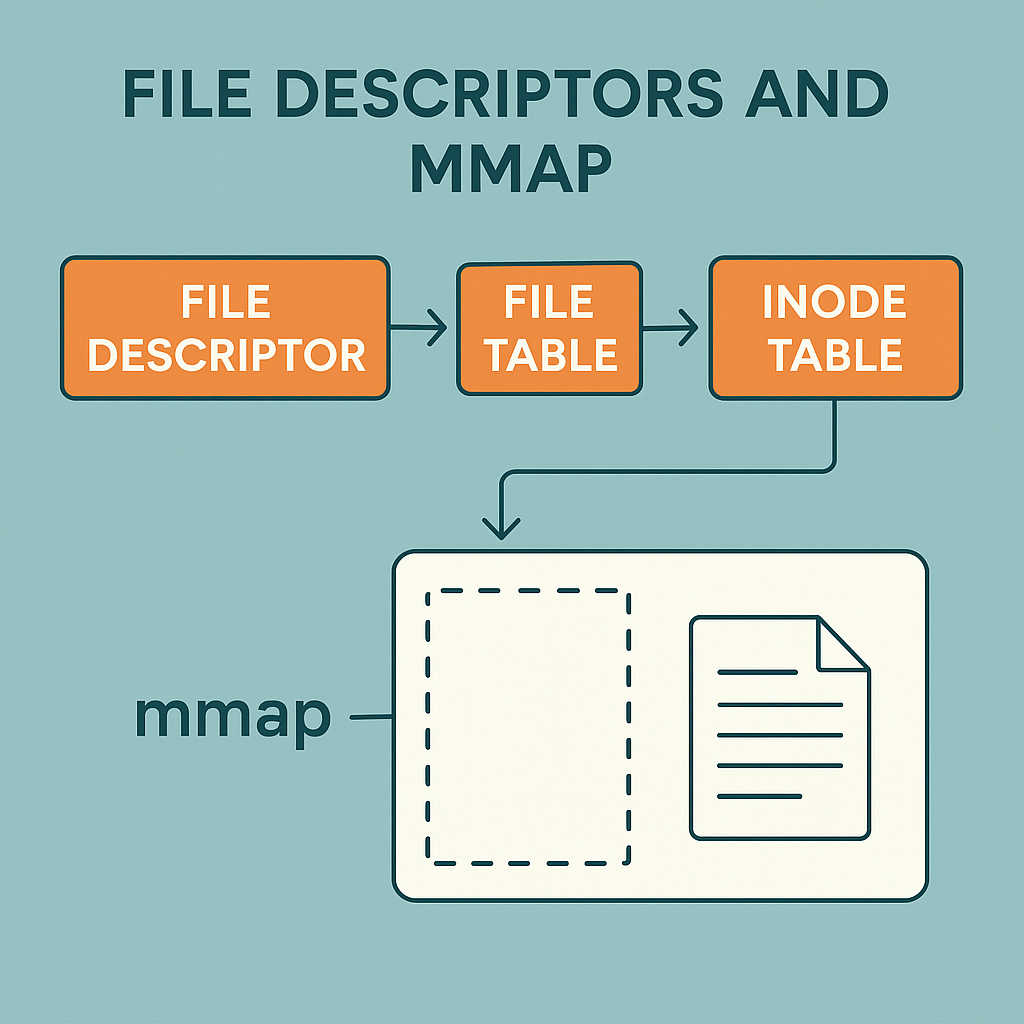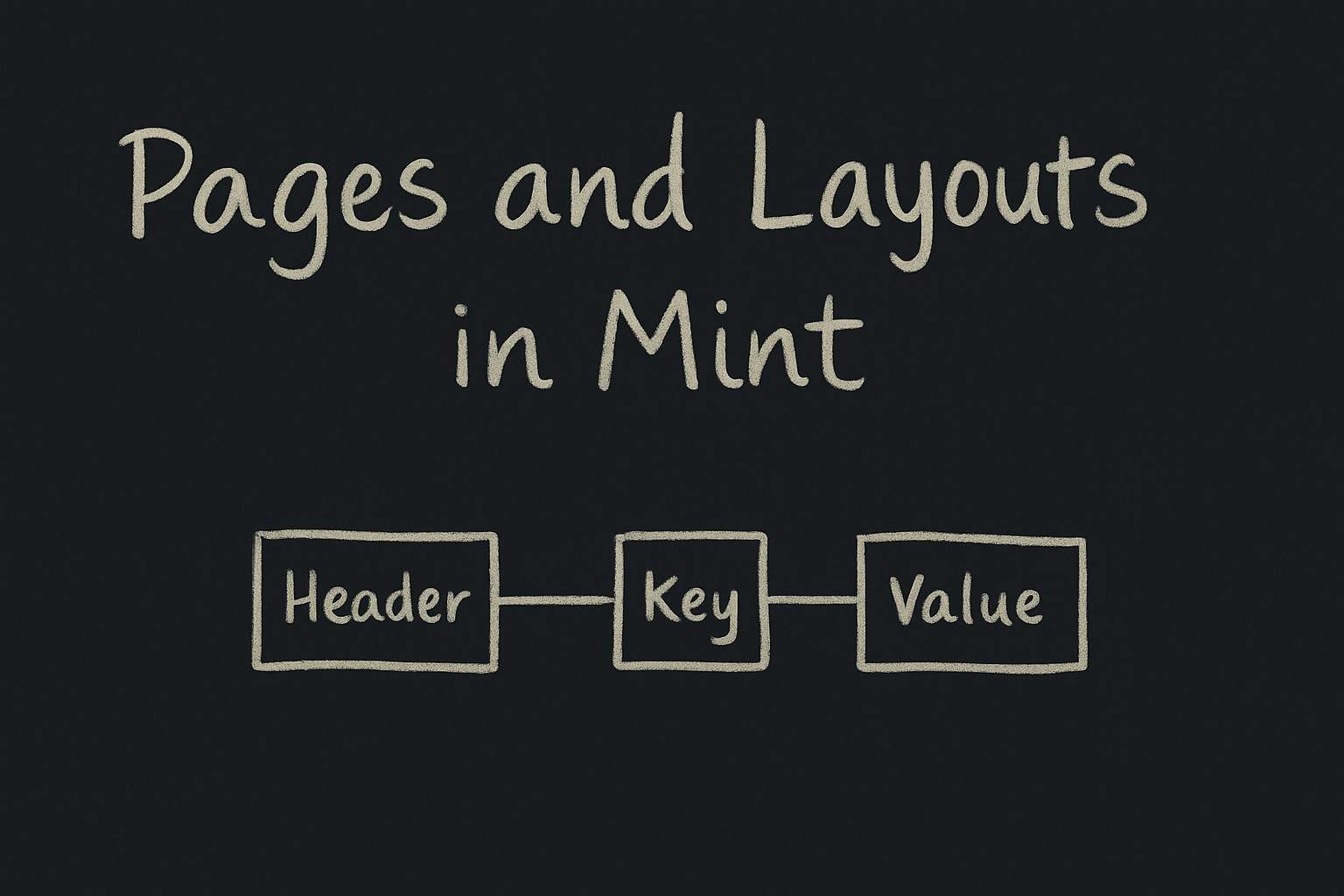
Mind the Gap: Understanding Go Struct Padding
With page layouts and an understanding of page descriptors and mmap in place, I was ready to define the page structure for Mint. Like most things, it started with some basic struct definitions, methods, and interfaces. Everything seemed to be going smoothly. The next step was to map the byte slice returned by mmap into something more meaningful. Since mmap reflects the file content as-is, working with raw bytes directly can be tedious and error-prone, especially as the structure grows. Even with a formal layout in mind, dealing with offsets and manual encoding felt clunky. ...

